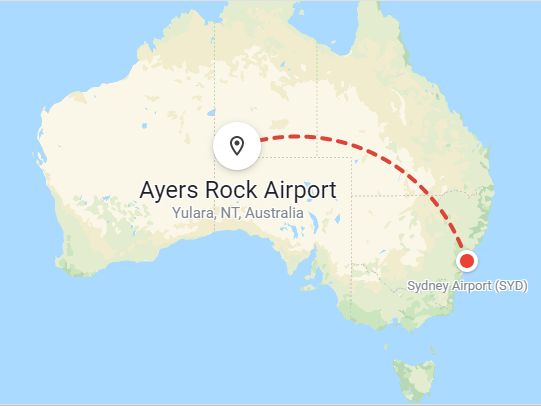In June 2021 Wendy and I, with our friends Craig and Sonia (see: India; Taiwan; Japan; China; and several countries in South America) flew to Ayer's Rock where we hired a car for a short tour of Central Australia: Uluru - Alice Springs - Kings Canyon - back to Uluru. Around fifteen hundred kilometres - with side trips to the West MacDonnell Ranges; and so on.

As expected, the car turned out to be essential. The alternative would have been a more expensive package bus trip with all the constraints that that imposes.

